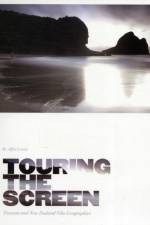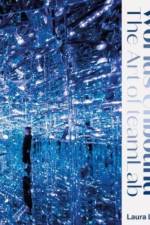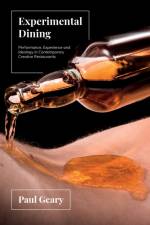av Alan John Ainsworth
385 - 545,-
Jazz photography has attracted increasing attention in recent years. Photographs of musicians are popular with enthusiasts, while historians and critics are keen to incorporate photographs as illustrations. Yet there has been little interrogation of these photographs and it is noticeable that what has become known as the jazz photography 'tradition' is dominated by a small number of well-known photographers and 'iconic' images.Many photographers, including African American photojournalists, studio photographers, early twentieth-century migrs, the Jewish exiles of the 1930s and vernacular snapshots are frequently overlooked. Drawing on ideas from contemporary photographic theory supported by extensive original archival research, Sight Readings is a thorough exploration of twentieth century jazz photography, and it includes discussions of jazz as a visual subject, its attraction to different types of photographers and offers analysis of why and how they approached the subject in the way they did.One of the remarkable things about this book is its movement back and forth between detailed archive research, the empirical documentation of photographers, their techniques, working practices, equipment etc., and cultural theory, the sophisticated discussion of aesthetics, cultural sociology, the politics of identity, etc. The result is both a fine scholarly achievement and an engaging labour of love.The primary readership will be those with specialist interests in the history of jazz and the history of photography. The audience will include jazz scholars, musicians, critics and fans, along with photographers, photography scholars, art historians and those generally interested in the history of visual images.It will be an essential text for teaching as well as research in the fields of music and photography. It will be of interest to those teaching and studying within cultural studies, American studies, African American studies, critical race and ethnic studies, history, English and sociology.There is also a significant readership for jazz and photographic history outside the academic context. It will be of interest to the media, the museum world and the general reader with interests in music or photography.






























